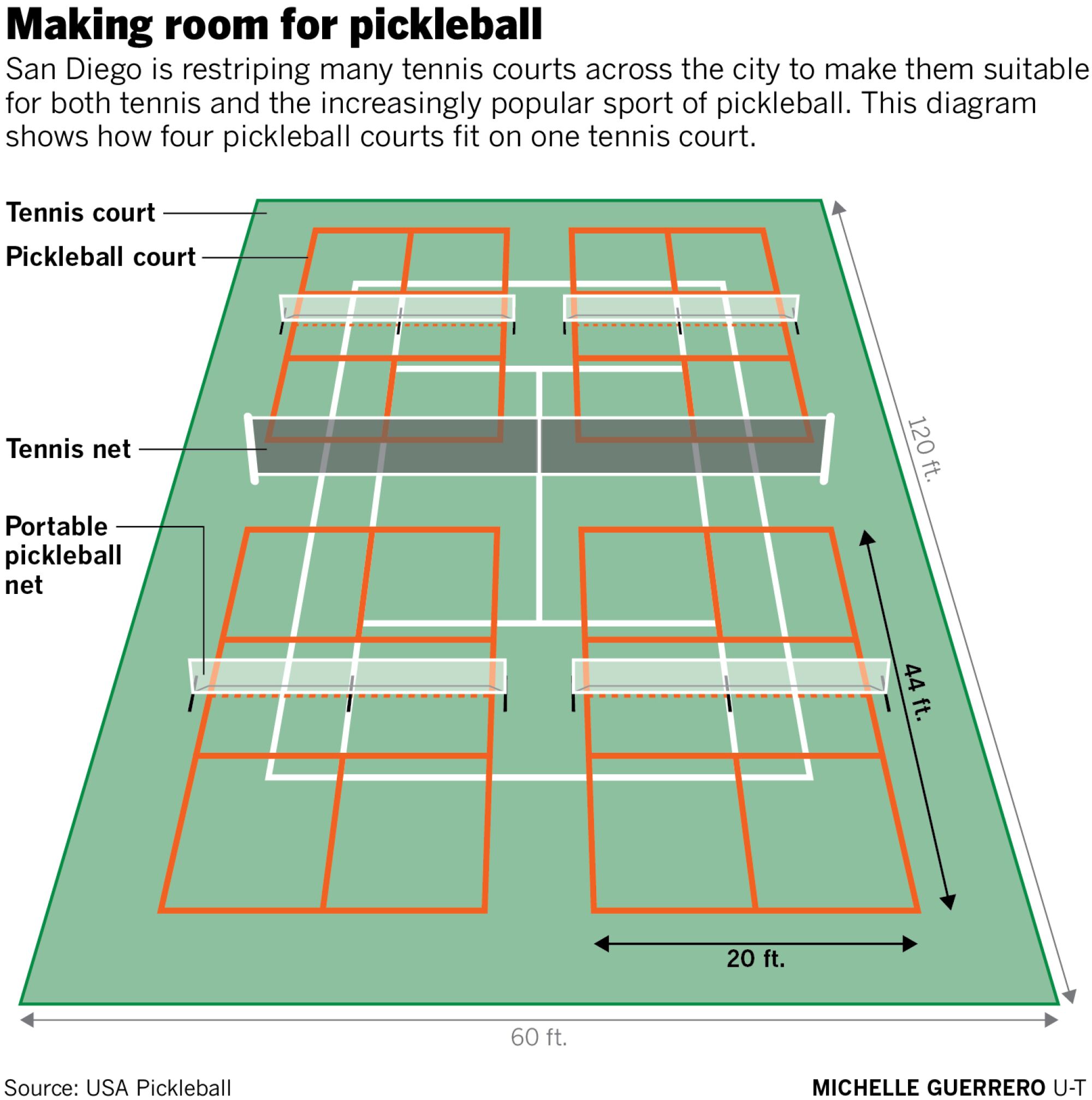
How Does Tennis Record Calculate Ratings

Introduction
Ever looked at a tennis player’s rating and wondered the intricate details that go into determining that number? Well, you’re not alone. The process through which tennis records influence player rankings is quite fascinating. This article will get into the nitty-gritty of how these ratings are calculated, providing a comprehensive understanding of this complex process.
Rating Calculation Factors
Match Outcomes Influence on Ratings
One of the significant factors that influence the calculation of tennis ratings is match outcomes, namely wins and losses. For instance, a player’s rating increases considerably when they secure a win against a higher-ranked opponent. Conversely, losing to a player ranked significantly lower can result in a decrease in a player’s rating.
Consideration of Opponent’s Strength
Another key factor is the strength of the opponent. It’s not just about winning or losing; it’s about who you win or lose against. Beating a top-seeded player carries more weight and will give a player’s ranking a significant boost. Similarly, losing to a player ranked lower can result in a steep drop in a player’s rating.
Point Differential and Rating Updates
Impact of Point Differentials on Ratings
Point differentials also play a crucial role in the rating calculation. The greater the point differential in a match, the more significant the effect on the players’ ratings. A player who wins in straight sets will gain more rating points than a player who barely scrapes through in a five-set thriller.
Frequency of Rating Updates
Ratings in tennis aren’t static; they are typically updated after each match. The rating system considers a player’s recent performance, which carries more weight in the calculation. Therefore, a player’s rating can fluctuate widely throughout a season based on their performance.
Other Factors in Rating Calculations
Surface-Specific Ratings
Tennis players may have different ratings based on the type of court surface – clay, grass, or hard court. These surface-specific ratings reflect the player’s performance and proficiency on different types of courts.
Significance of Tournament Level and Match Importance
The level of the tournament and the importance of the match also factor into the rating calculations. Triumphing in a Grand Slam tournament, for instance, yields more rating points than winning a series of lower-tier tournaments.
Conclusion
In conclusion, tennis ratings are calculated considering a variety of factors, which are updated regularly to reflect recent performance. An understanding of this intricate calculation process can enhance our appreciation of the sport and our favorite players’ performance and rankings.
FAQs
What are the main factors that determine a tennis player’s rating?
The main factors include match outcomes, opponent’s strength, point differentials, the type of court surface, and the level of the tournament.
How often are tennis ratings updated?
Tennis ratings are typically updated after every match, meaning a player’s rating can fluctuate throughout a season.
Do different court surfaces affect a player’s rating?
Yes, players may have different ratings for clay, grass, and hard court surfaces. These surface-specific ratings reflect a player’s proficiency on different types of courts.
Does the level of a tournament influence a player’s rating?
Yes, higher-rated tournaments yield more rating points. For instance, winning a Grand Slam tournament will give a significant boost to a player’s rating.




